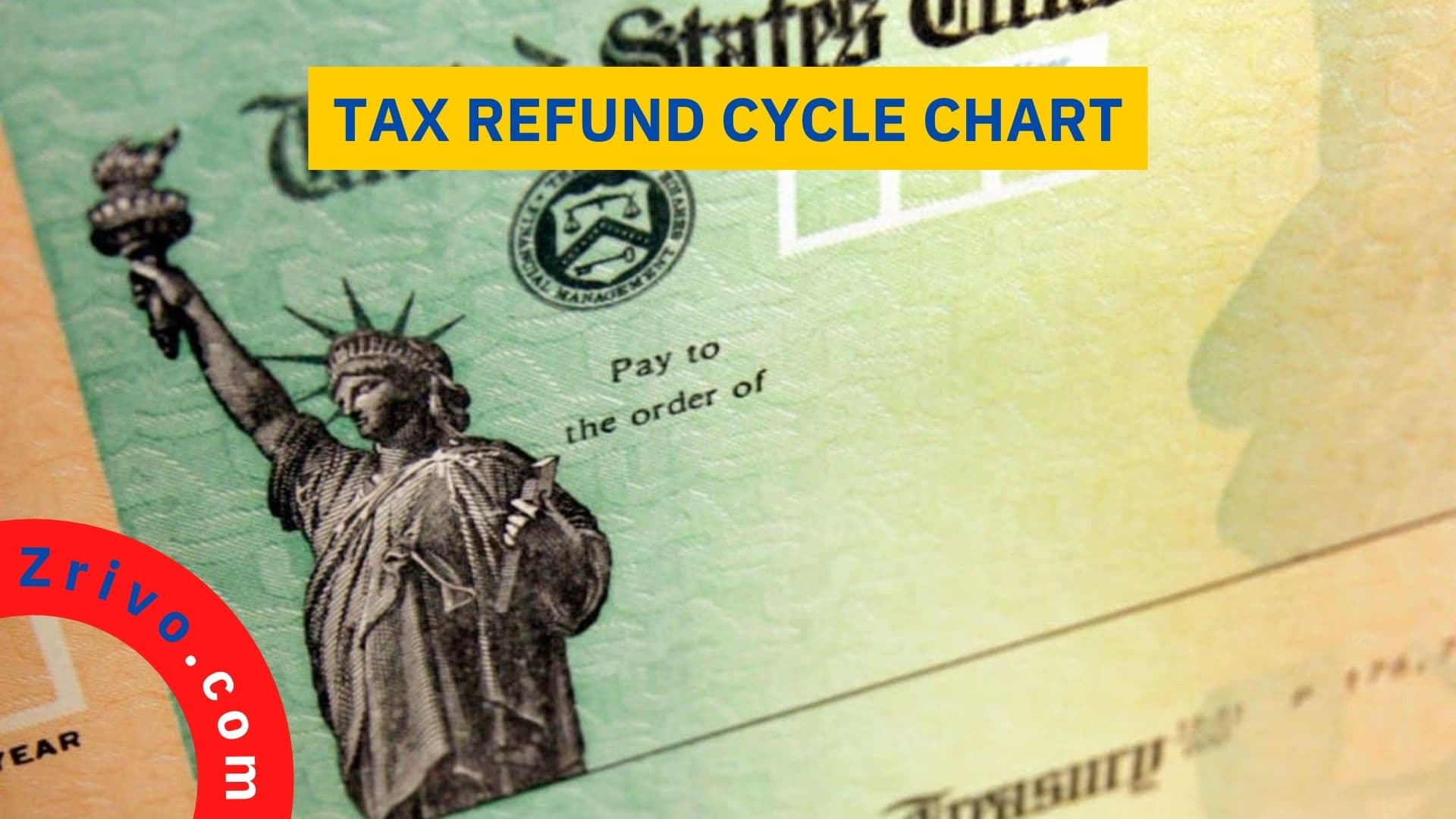
When You'll Get Your 2025 Tax Refund and How to Track It: An In-Depth Analysis
As tax season approaches, many taxpayers eagerly anticipate receiving their tax refunds. In this comprehensive guide, we delve into the intricacies of the tax refund process, providing a thorough understanding of when you can expect your 2025 refund and how to track its status effectively.
Estimated Tax Refund Timeline
The IRS typically provides an estimated timeline for tax refunds, although actual processing times may vary depending on factors such as filing method and complexity of returns.
- E-filed returns with direct deposit: 21 days or less
- Paper-filed returns with direct deposit: 6 to 8 weeks
- Paper-filed returns with paper checks: 12 to 16 weeks
Note: These timelines represent the average processing times and may fluctuate during peak filing periods.
Tracking Your Refund Status
The IRS offers several methods to track the status of your tax refund:
- Where's My Refund? tool: Available on the IRS website, this tool allows you to check the status of your refund using your Social Security number, filing status, and refund amount.
- IRS2Go app: This mobile application provides convenient access to refund information and other tax-related services.
- Automated phone system: Call 800-829-1954 to receive automated updates on your refund status.
Understanding Refund Delays
Certain factors can contribute to delays in receiving your tax refund:
- Errors or omissions on your return: Incorrect information can trigger a review process by the IRS, leading to potential delays.
- Tax fraud or identity theft: The IRS may hold refunds to investigate potential fraud or identity theft issues.
- Offset for past-due debts: The IRS can offset your refund to cover outstanding debts, such as unpaid taxes, student loans, or child support.
- Complex return: Returns involving itemized deductions, self-employment income, or other complex factors may require additional processing time.
Best Practices for a Smooth Refund Process
To expedite the tax refund process and minimize delays:
- File your return early: Submitting your return promptly reduces the likelihood of encountering processing delays.
- E-file and use direct deposit: Electronic filing and direct deposit significantly accelerate refund processing.
- Double-check your information: Review your return carefully to ensure accuracy and completeness.
- Keep track of your records: Maintain copies of your tax return and supporting documents for future reference.
Conclusion
Understanding the intricacies of the tax refund process empowers taxpayers to effectively track their refund status and identify potential delays. By adhering to best practices, such as filing early and e-filing, individuals can optimize the refund process and receive their refunds as swiftly as possible. In addition, the availability of tracking tools provided by the IRS ensures transparency and allows taxpayers to stay informed about the status of their refunds throughout the filing period.
The complexities of the tax refund process warrant a thorough understanding to mitigate delays and ensure a smooth experience for taxpayers. This guide provides a comprehensive overview of the estimated refund timeline, tracking methods, potential delays, and best practices to assist taxpayers in navigating the tax refund process effectively.

Posting Komentar